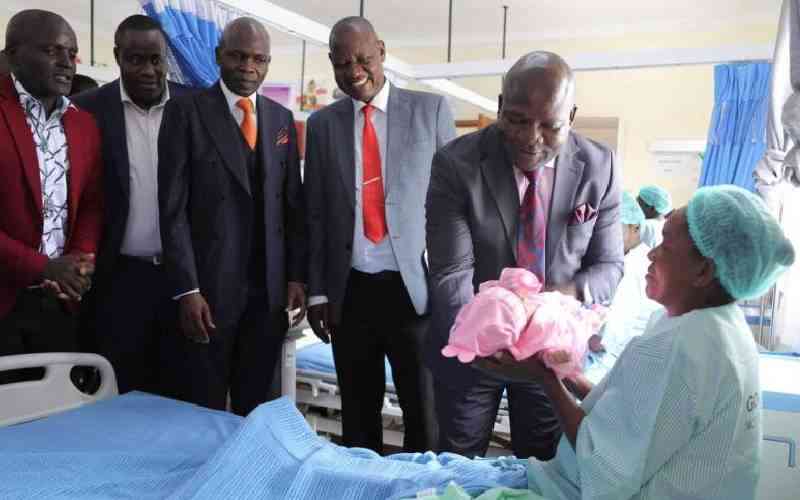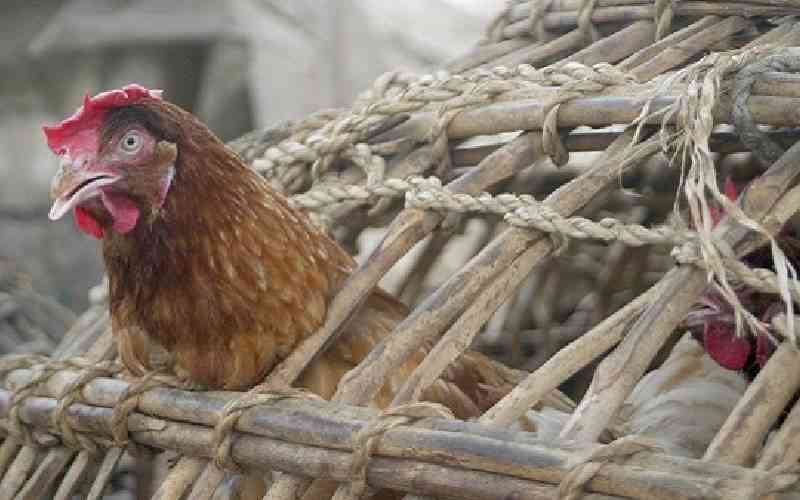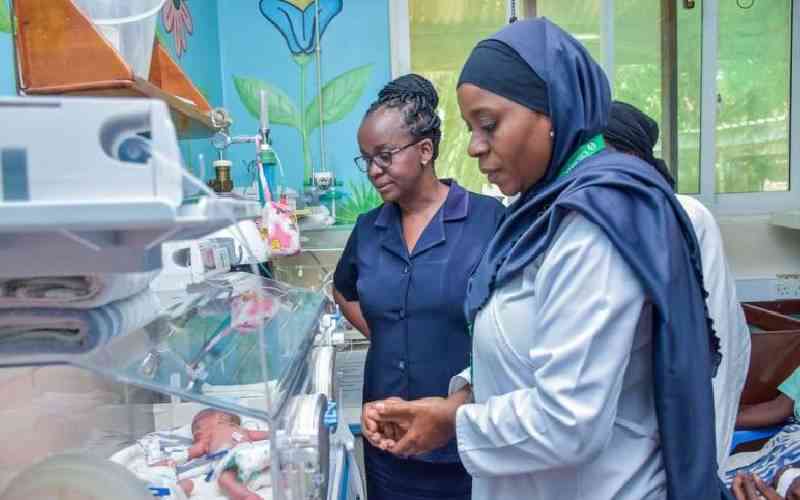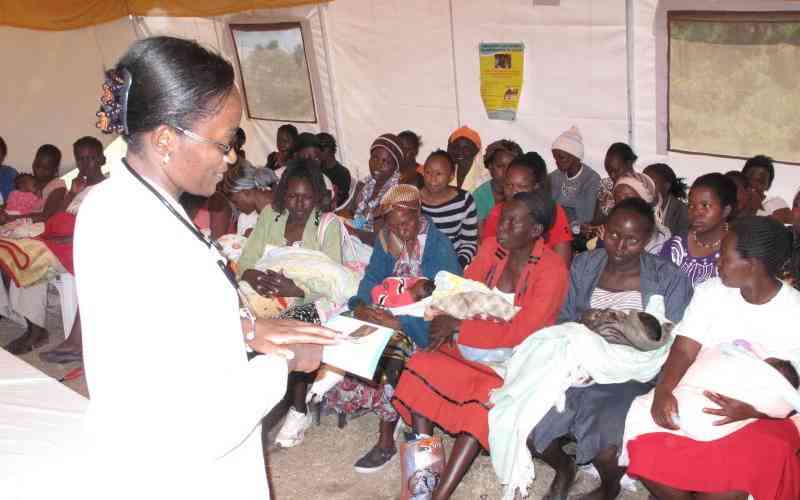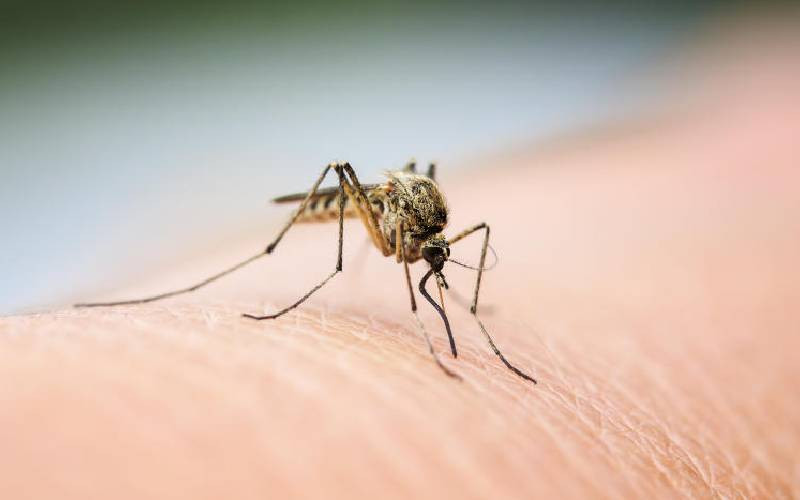
At one o'clock on the morning of February 7, Hellen Robai woke up with bouts of diarrhoea and vomiting.
"Kutapika na kuhara mpaka nikaishiwa na nguvu (experiencing vomiting and diarrhoea to the point of feeling weak)," she says.
About three hours later, Robai says her whole body was in intense pain. "I had a bad headache, stomach ache and painful muscle spasms."
She also developed, in her own words, a strange 'muscle pull'. "My feet would not move; it was like they were glued to the floor," she says.
Something was afoot, she thought to herself. "That's when I called out to my employer to come and help me," she says.
Robai, who is employed as a nanny lives with her employers (a family) in Kitengela - the township South-East of Nairobi.
"When we went down to her room, she was on the floor, rolling and writhing in pain. She had a fever and was sweating heavily," says Lilian Makena, Robai's boss.
- Kenya, Ghana among 12 African countries to receive first-ever malaria vaccine
- Kenya set to receive malaria vaccine as disease is ranked highest killer
- Closing gap for infants key to boosting fight against malaria
- Cerebral malaria: When untreated malaria sends patients into coma
Keep Reading
"She was vomiting too. We found her in a state not many would be comfortable being found in. We could also tell that she was very sick," Makena says.
"She was not coordinating well mentally: her manner of talking and the stuff she was saying were not 100 per cent coherent," she adds.
Makena's husband, a medical doctor, prescribed some emergency quick-action painkillers. "The painkillers did not work," Makena says.
The couple rushed Robai to a hospital nearby. Upon noting the patient's vital signs and taking her travel history, Robai's doctor recommended a malaria test.
The previous week, on January 27, Robai had travelled to the village in Kitale to visit her children.
"I travelled back on February 4. All was well until the night of February 6 when I started feeling sickly," she says.
Robai says she did not sleep under a mosquito net during her visit to the village.
The test came back positive for malaria, Makena says, "the doctor actually told us that the level of infection was so high, it was approaching the levels of cerebral malaria."
Dr Jesse Gitaka is a medical doctor and a senior malaria researcher in Kenya. He is also a lecturer at Mt Kenya University School of Medicine.
He says: "Malaria is caused by a parasite known as plasmodium. In the body, the parasite enters the red blood cells (RBC) and starts eating them up.
"RBCs then change from the normal doughnut shape - which is the best shape for oxygen uptake and transportation - to some weird shapes.

"The parasite also produces some sticky proteins: which make the RBCs stick to the walls of blood vessels and also to each other.
"In situations where infection is high, the RBCs stick to the walls of blood vessels that supply major organs like the brain - blocking blood supply," Dr Gitaka explains.
"The brain uses a lot of nutrients and oxygen. When supply of the two is cut the effect is immediate and severe. That is when we call it cerebral malaria."
Even so, malaria remains lethal. In fact, the World Malaria Report, by World Health Organisation (WHO), shows that 12,011 Kenyans died of malaria in 2021.
"It is not an overstatement to say the disease is dangerous," says Dr Gitaka.
The most common malaria symptoms are: fever, headache, fatigue, nausea, vomiting, joint and muscle pain and, in some cases, abdominal pain.
"Some patients, even though infected, do not show any symptoms," the doctor says.
He explains that in such situations the person's immune system could be effectively fighting the parasite and winning the battle.
Malaria patients are treated by administration of Artemisinin-based combination (ACT) therapy. "The treatment is very effective against the parasite," Dr Gitaka says.
The parasite, plasmodium, is transmitted by mosquitoes, specifically female Anopheles mosquitoes.
The female Anopheles mosquito needs a blood meal to reproduce. If the mosquito bites someone with malaria they also take up plasmodium. The parasite will then find residence in the insect's salivary gland, where it will multiply.
"When the insect (now infected with the parasite) bites a healthy human, some of the parasites released, thus a new infection," says Dr Damaris Matoke-Muhia, a molecular biologist.
Dr Matoke is also a researcher on malaria at Kenya Medical Research Institute (KEMRI). She says malaria is endemic in western Kenya.
"Anopheles mosquitoes breed in clean and free-flowing fresh water. Hence, it is common around Lake Victoria," she says.
In Nairobi, she says, the climatic conditions do not favour the propagation and survival of Anopheles mosquitoes.
"Yes, it is true: the mosquitoes in Nairobi do not transmit malaria. They don't belong in the Anopheles group.
"Most mosquitoes in Nairobi belong to the Culex group. They do not transmit the parasite that causes malaria.
"Culex mosquitoes are usually bigger in size and they breed in dirty waters," Dr Matoke says.
Both Dr Gitaka and Dr Matoke do not think Robai got infected with malaria while in Nairobi.
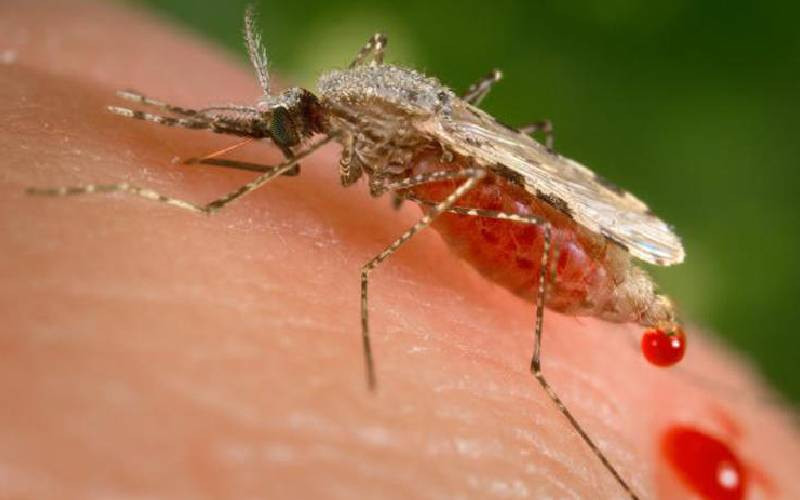
"Those who travel to western Kenya might get infected and travel back with the parasite already in their bloodstream," says Dr Gitaka. This, he believes, explains cases like Robai's.
However, as of the third week of February 2023, a new (to Kenya) malaria-transmitting mosquito that survives in urban areas better had been found to be present in the country.
Known as Anopheles stephensi (A. stephensi), the mosquito transmits Plasmodium vivax - one of five plasmodium parasites that cause malaria.
The new mosquito originally habits South-East Asia, the Middle East, and Arabian Peninsula. But in the last decade, it has been detected in West and East Africa.
Samples collected by KEMRI entomologists, together with colleagues from the Division of National Malaria Programme, have pointed to the presence of A. Stephensi in Laisamis and Saku sub-counties of Marsabit County.
Until then, Anopheles mosquitoes in Kenya were Anopheles gambiae and Anopheles funfests: the ones that prefer fresh, clean and free-flowing water.
The entry of A. stephensi may be a game changer in the fight against malaria, says Dr. Matoke.
"The new mosquito survives better in urban and peri-urban areas. It is also very adaptable to new climatic conditions.
"A. Stephensi behaves like culex: they can breed in stagnant and dirty water that has pooled in containers and so on," she says.
According to Matoke, there is a chance that the new mosquito is already in other areas apart from Marsabit.
"We definitely need to step up surveillance. Remember vectors such as mosquitoes travel far and wide. So, there is a likelihood that it will move to other parts of Kenya."
If A. stephensi will (if it hasn't already) establish in Nairobi, the city's residents will no longer be able to say, "Nairobi mosquitoes don't spread malaria."
In such an event, symptoms such as Robai's may become commonplace for city dwellers who may have felt relatively safe from malaria.
 The Standard Group Plc is a multi-media organization with investments in media platforms spanning newspaper print
operations, television, radio broadcasting, digital and online services. The Standard Group is recognized as a
leading multi-media house in Kenya with a key influence in matters of national and international interest.
The Standard Group Plc is a multi-media organization with investments in media platforms spanning newspaper print
operations, television, radio broadcasting, digital and online services. The Standard Group is recognized as a
leading multi-media house in Kenya with a key influence in matters of national and international interest.


